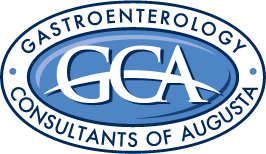Colorectal Cancer
Your colon, also known as the large intestine is about six feet long, beginning at the cecum and ending at the anus. The anus is also known as the rectum, and cancer located in that area is called rectal cancer. Cancer located in the rest of the colon is called colon cancer. Colorectal cancer is … Continued
Read More
